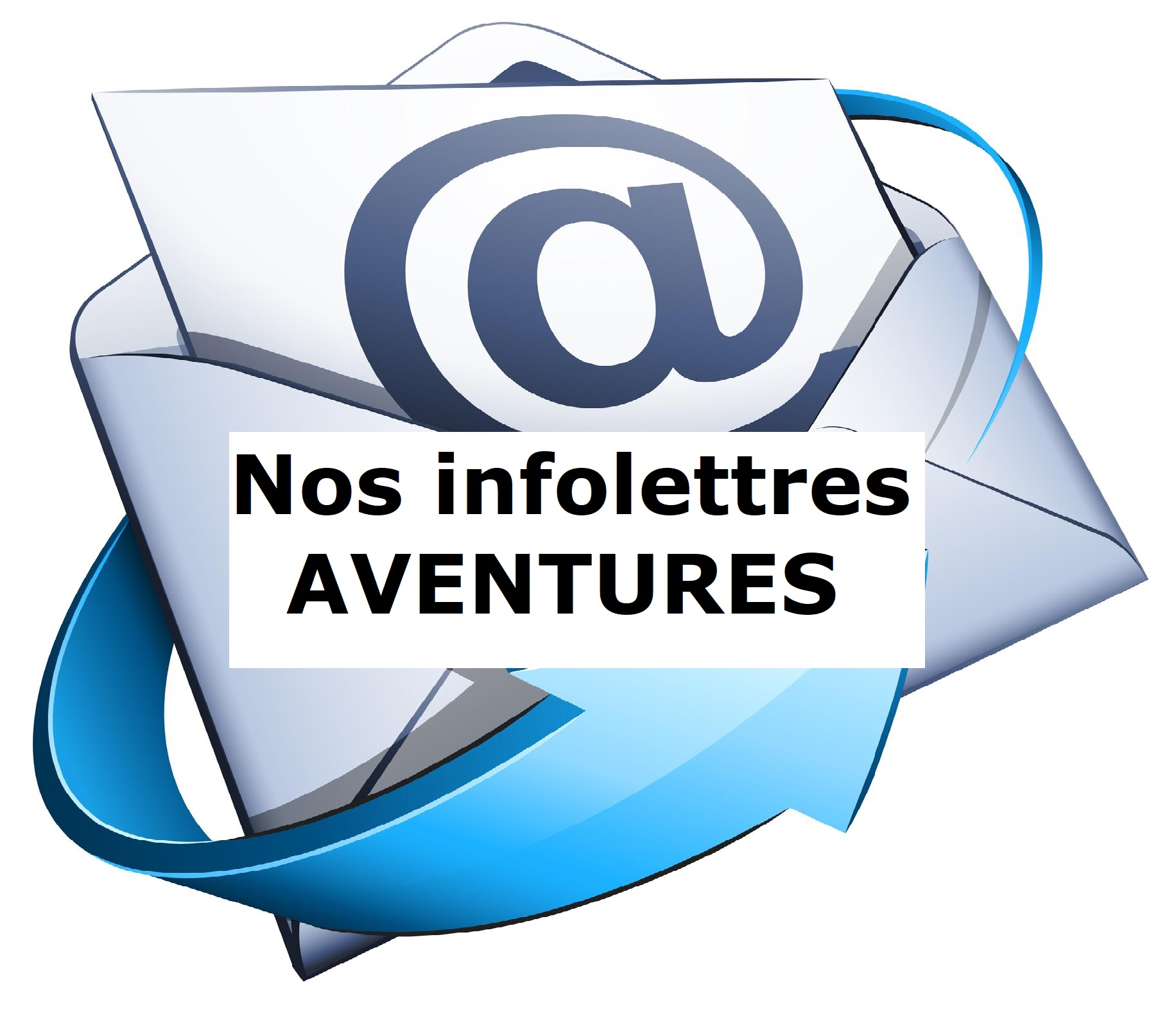
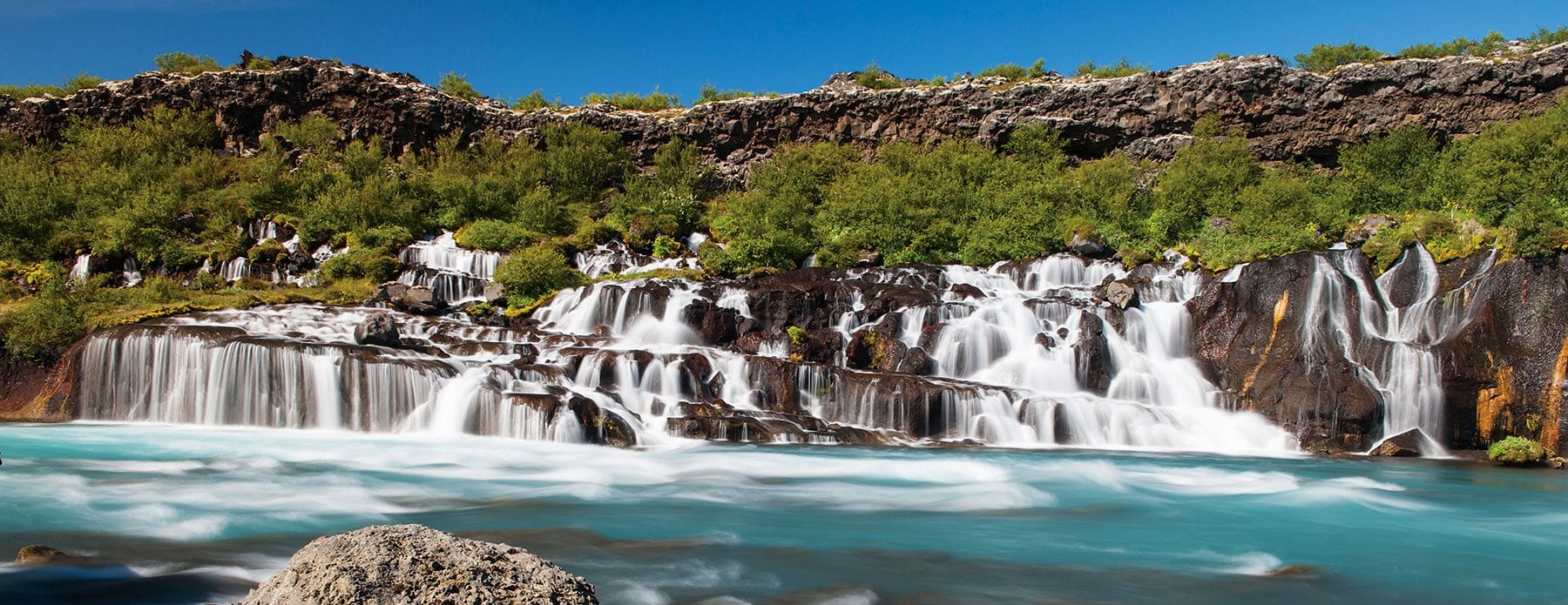
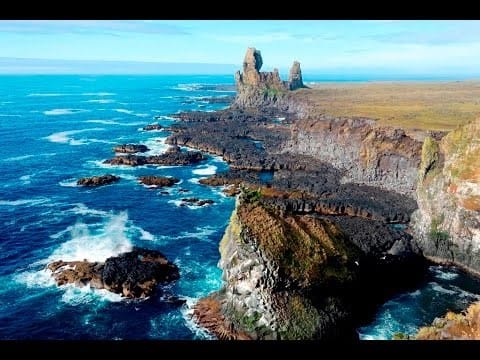

Chronicles
Iceland at a glance
Below is a description of the different regions of Iceland.
Iceland is a country of extreme geological contrasts. Widely known as ‘the Land of Fire and Ice’. It is home to some of Europe’s largest glaciers and some of the world’s most active volcanoes. Iceland is also the land of light and darkness. Long summer days with nearly 24 hours of sunshine are offset by short winter days with only a few hours of daylight. The best time to visit Iceland is from June to September, which is also the high season. However, if you’re keen to see the Northern Lights, you’ll want to do so between September and April, with February and March being the best time to enjoy a few hours of daylight.
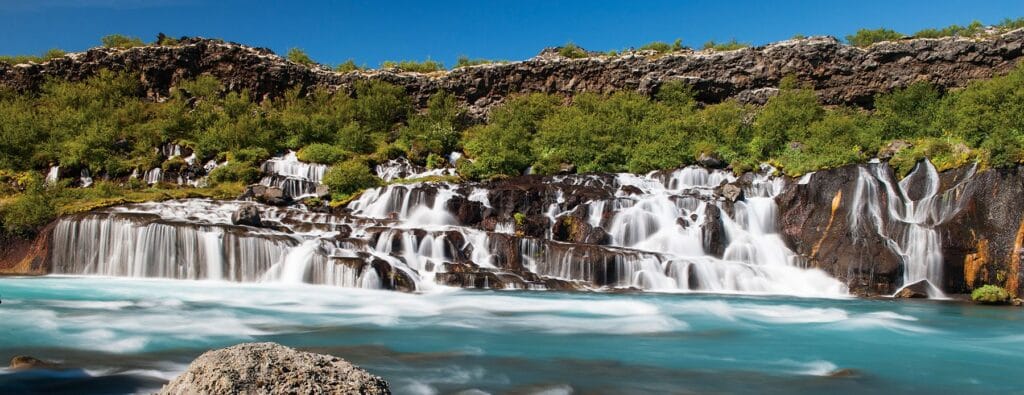
Iceland is a relatively large island in the Atlantic Ocean. Its nearest neighbor is Greenland, just 286 km away, followed by the Faroe Islands at 420 km, Scotland at 795 km and Norway at 950 km.
With almost 80% of the country uninhabited, much of Iceland’s terrain consists of plateaus, mountain peaks and fertile plains. There are numerous long, deep fjords and glaciers, including Europe’s largest, Vatnajökull. The landscape is characterized by waterfalls, geysers, volcanoes, black sand beaches and steaming, otherworldly lava fields. Iceland’s highest peak is Hvannadalshnjúkur, at 2119 m above sea level. More than 11% of the country is covered by glaciers. 
Formed around 25 million years ago, Iceland is one of the youngest land masses on the planet, and consequently home to some of the world’s most active volcanoes. The island owes its existence to a volcanic hotspot created by a fissure in the Mid-Atlantic Ridge, where the Eurasian and American tectonic plates meet. The landmass continues to grow by around 5 cm per year, as it divides more widely at the points where the two tectonic plates meet. The latest volcanoes to erupt were Eyjafjallajökull in 2010 and Grímsvötn in 2011. In fact, it was the 2010 eruption that made Iceland more popular, as all flights to and from Europe were cancelled due to the large clouds of thick smoke that hung in the sky.
A few figures:
- Population: 360,000
- Capital: Reykjavik
- Capital city population: 220,000
- International airport: Keflavik, 50 km from Reykjavik
- Average summer temperature: 12-18°C, winter: 0°C
- Tipping: Not customary in Iceland
- Local currency: Icelandic krona.
Bank and credit cards are the best way to pay - A safe country: In 2019, according to the Global Peace Index, Iceland is one of the safest countries in the world.
- Visa: Iceland is part of the Schengen area and no visa is required for travel of less than 90 days.
 The Capital of Iceland – Reykjavik
The Capital of Iceland – Reykjavik
Downtown Reykjavík is the hub of Iceland’s cultural and artistic scene. By day, coffee culture reigns supreme, with the lively buzz of conversation. As evening arrives, people begin to feast in the city’s excellent restaurants, where local ingredients are served with delicious fresh lamb, seafood or wild game. Reykjavík is a city of bold contrasts: it is both cosmopolitan and small-town; dynamic and sophisticated; young at heart and yet steeped in history. Many monuments, new and old, are also worth a look, including the new seaside music and conference center, Harpa. Fortunately, everything in Reykjavik is within easy reach – museums, galleries, theaters, cafés and swimming pools, for example.
As such, the city is perhaps best explored on foot or by bike.
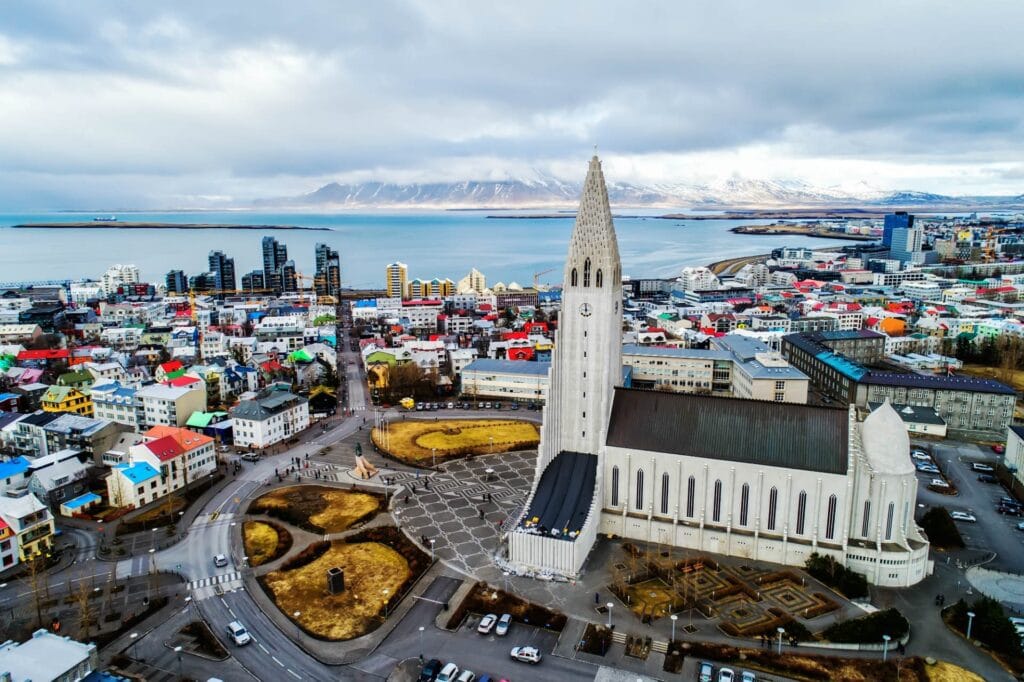
Reykjanes
The Reykjanes peninsula abounds in natural wonders, in addition to the famous Blue Lagoon and an array of lighthouses. Home to Keflavik International Airport, Iceland’s busiest airport, Keflavík is the main gateway to the island. The Reykjanes peninsula has several high-temperature geothermal zones, three of which have been exploited to generate electricity. In the Hellisheiði lava fields geothermal energy exhibition, visitors can discover not only geothermal energy, but also the fascinating local geological history. On the Reykjanes Peninsula, the junction between the European and American tectonic plates of the Earth’s crust is more visible and comprehensible than anywhere else. No wonder, then, that the peninsula is now designated as the Reykjanes Geopark, which as well as being a landscape to admire and study is also a veritable hotbed of recreational activities. The dramatic, rugged landscape includes volcanic craters, caves, lava fields, geothermal waters and hot springs, plus a variety of restaurants, museums, churches, lighthouses and festivals.
The south coast of Iceland
Iceland’s south coast contains some of the country’s most visited tourist attractions. The coast alone is renowned for its beauty, and the towns along the coast are famous for their seafood. From magnificent waterfalls to towering glaciers, South Iceland abounds in natural landscapes with new wonders unfolding at every turn. With the Golden Circle route linking Þingvellir National Park, Gullfoss and Geysir, South Iceland is a very popular destination for visitors, as all three have been must-sees for tourists to Iceland for centuries.
Further east along the shore, you’ll find the Skógafoss waterfall, the Jökulsárlón glacial lagoon, the Vatnajökull glacier and many other natural wonders.  The south is rich in history and culture. The events of the Sagas are recalled in many ways along the coast, and many of the region’s museums celebrate Icelandic customs and heritage. With much of the country’s agricultural produce coming from the region, the South is also a fine testament to Iceland’s restaurant culture.
The south is rich in history and culture. The events of the Sagas are recalled in many ways along the coast, and many of the region’s museums celebrate Icelandic customs and heritage. With much of the country’s agricultural produce coming from the region, the South is also a fine testament to Iceland’s restaurant culture.

.jpg)
West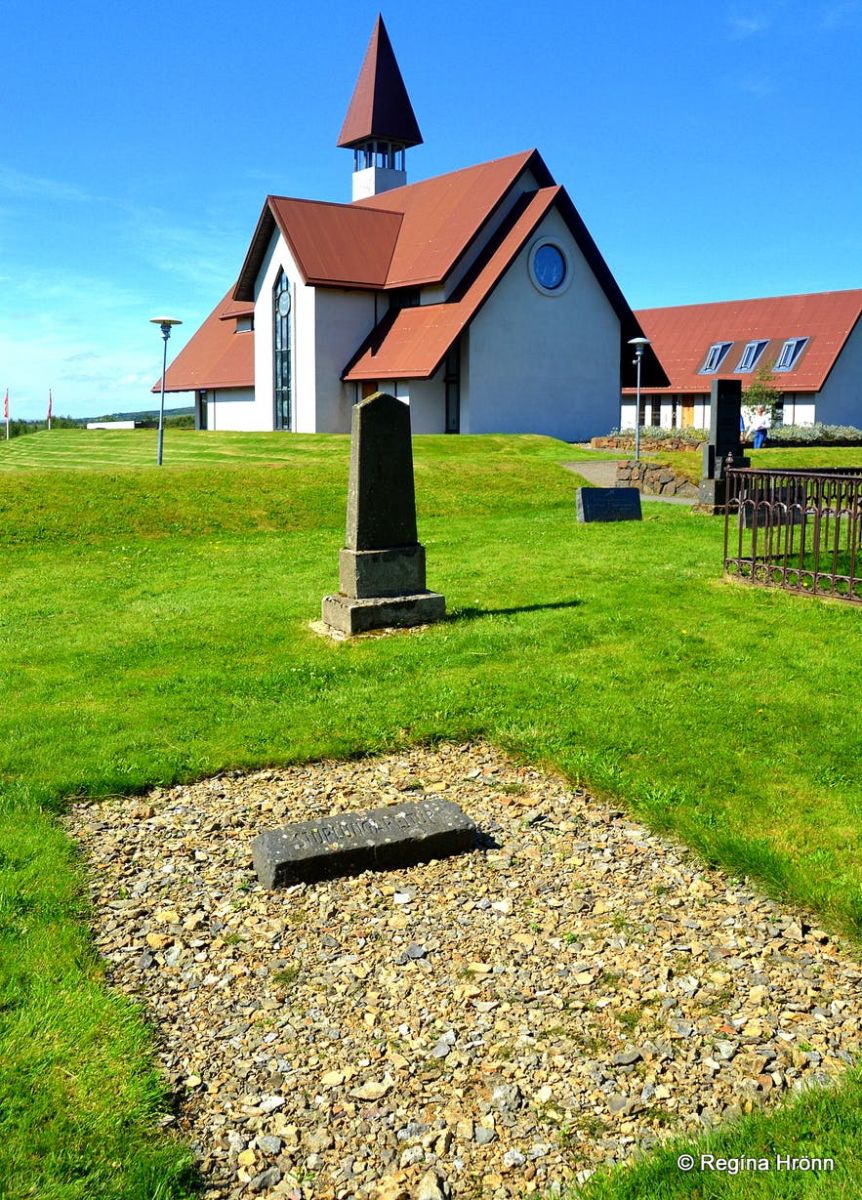
West Iceland is one of Iceland’s most geologically divided regions. Its natural wonders are an almost exhaustive sampling of all that Iceland has to offer, ranging from dormant volcanoes and majestic waterfalls to a variety of flora and fauna. West Iceland is a world where culture, nature and history complement each other, creating a unique experience.
This vast area is made up of fjords, valleys, craters, glaciers and volcanoes. Great hikes can be found around Akranes and Hvalfjörður, with Akrafjall mountain and Iceland’s highest waterfall Glymur less than an hour from Reykjavík. Visit the family estate of medieval writer Snorri Sturluson in Reykholt and discover the artificial geothermal bath in which he often had to let his mind wander. Or discover the great Viking poet Egill Skalla-Grímsson. These are just a few examples of the interesting sites that can be found throughout West Iceland, where nature is inextricably linked to people’s history. Look around you, history is everywhere to be discovered. The magnificent landscape and wildlife of Snæfellsjökull National Park, Iceland’s only national park that reaches the sea. The mystical volcano Glacier Snæfellsjökull has inspired artists and poets through the centuries, being one of the seven greatest energy centers on Earth. Snæfellsjökull is the setting for Jules Verne’s voyage to the center of the Earth. Snæfellsnes offers magnificent natural surroundings and was awarded the ‘Earth Check’ prize for being a sustainable community in 2008. From Snæfellsnes, you can cross to Dalir, birthplace of the great explorers Eirík the Red and his son, Leif the Lucky, the first Europeans to set foot in America. The short distances between popular destinations mean that you can enjoy the region at a comfortable pace all year round, so don’t forget to slow down in West Iceland. 
The West fjords
One of Iceland’s best-kept secrets is undoubtedly the northwest corner of the country, experience the peace and quiet of the region known as the Westfjords. Isolation has preserved the region in a relatively untouched wilderness. Largely uninhabited, Iceland’s fjords are often singled out by travel guides as a destination of excellence and are a must-see for any serious explorer. Hornstrandir is located in the northwest corner of the West Fjords, an uninhabited peninsula and nature reserve that is a haven for Arctic foxes and a variety of birds. The Látrabjarg bird cliff, on the western side of the West Fjords, which, as well as being home to almost half the world’s population of certain bird species, is also Europe’s most westerly point. The spectacular Dynjandi, a series of waterfalls with a cumulative height of 100 metres, is another must-see.


The North
The North is home to Iceland’s second-largest urban area, Akureyri, set in Iceland’s longest fjord, the mild-weather Eyjafjörður. Akureyri, rich in culture and history, boasts a charming town center full of late 19th-century wooden houses. In summer, golfers can enjoy the midnight sun at the Arctic Open. North Iceland is also home to many historic coastal towns. Many northern towns are dedicated to marine life. The Húsavík Whale Museum and the Hvammstangi Seal Center are two options for visitors. Nearby, in the northern part of Vatnajökull National Park, is the impressive Ásbyrgi canyon, as well as the Dettifoss waterfall, the most powerful in Europe. Nearby Lake Mývatn and its surrounding wetlands boast an exceptional variety of waterfowl and rock formations. 
East
There’s so much to explore in East Iceland. Iceland’s largest rhyolite formations directly accessible from a populated area are those around Borgarfjörður Eystri, while impressive magma chambers filled with colorful mineral deposits can be seen and visited along the east coast. During the summer months, East Iceland becomes a creative center for artists and young people from all over Iceland and abroad, as a variety of music and art festivals have sprung up and gradually expanded in recent years. Hiking and horse-riding opportunities are also plentiful, including in vast but well-mapped uninhabited areas. Winter tourism, such as skiing and snow driving, is also important. The east is also home to several interesting arts and music festivals throughout the year. In the south-east, the Vatnajökull glacier – Europe’s largest – is an imposing and spectacular sight.




Start your adventure now!
To make a reservation or for any other information, please do not hesitate to contact us. We’ll be delighted to help!
Our latest chronicles
Discover our latest news, tips, tricks, guides and previews of the adventure that awaits you!
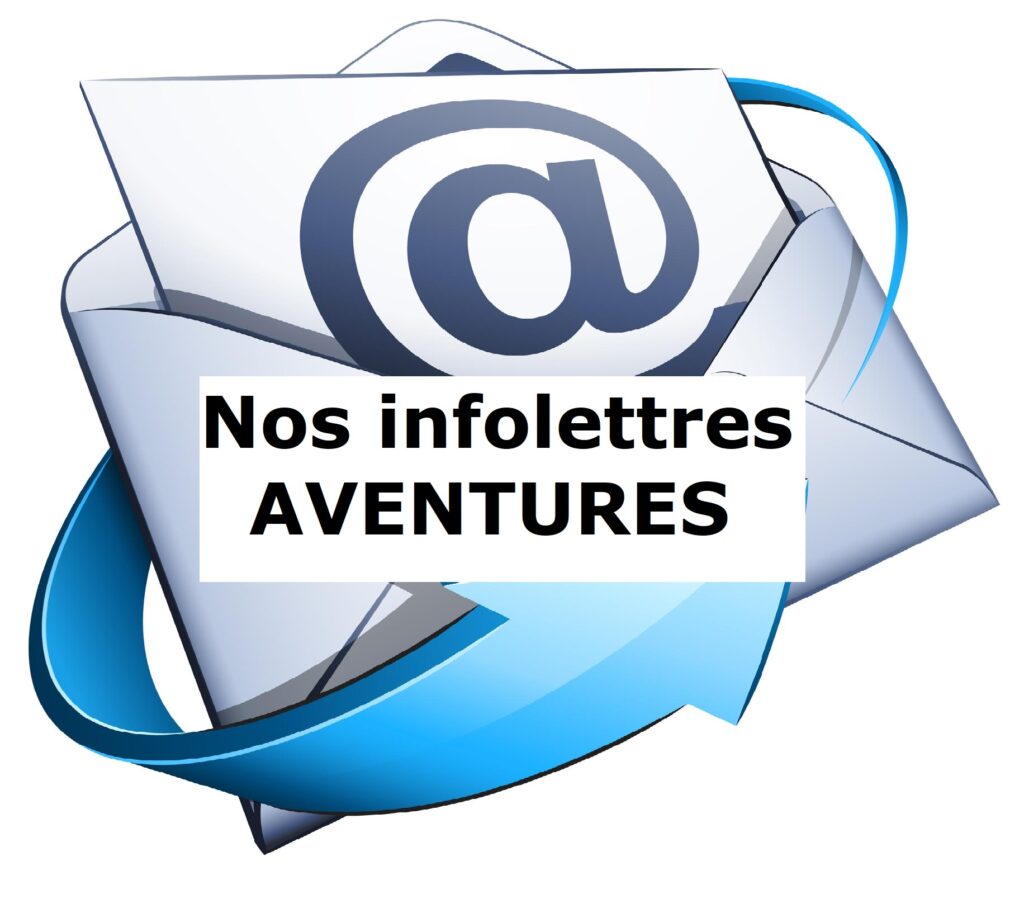
Our newsletters are not available in English yet. For the French version, click on Français in the upper right corner!
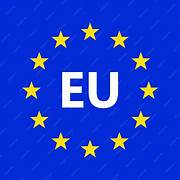
The European Union will launch the Entry/Exit System (EES) on October 12, 2025 : what you need to know! This…

The Inca Trail and the Salkantay trek lead to Machu Picchu through Inca ruins, majestic mountains and lush forests. One…

The bike-boat formula offers unique experiences. Why is the bike-boat package so attractive? The bike-boat package is attractive for a…
Stay informed about our upcoming adventures
Subscribe to our newsletter to receive information on our adventure trips and activities, as well as tips on how to make the best travel choices.


